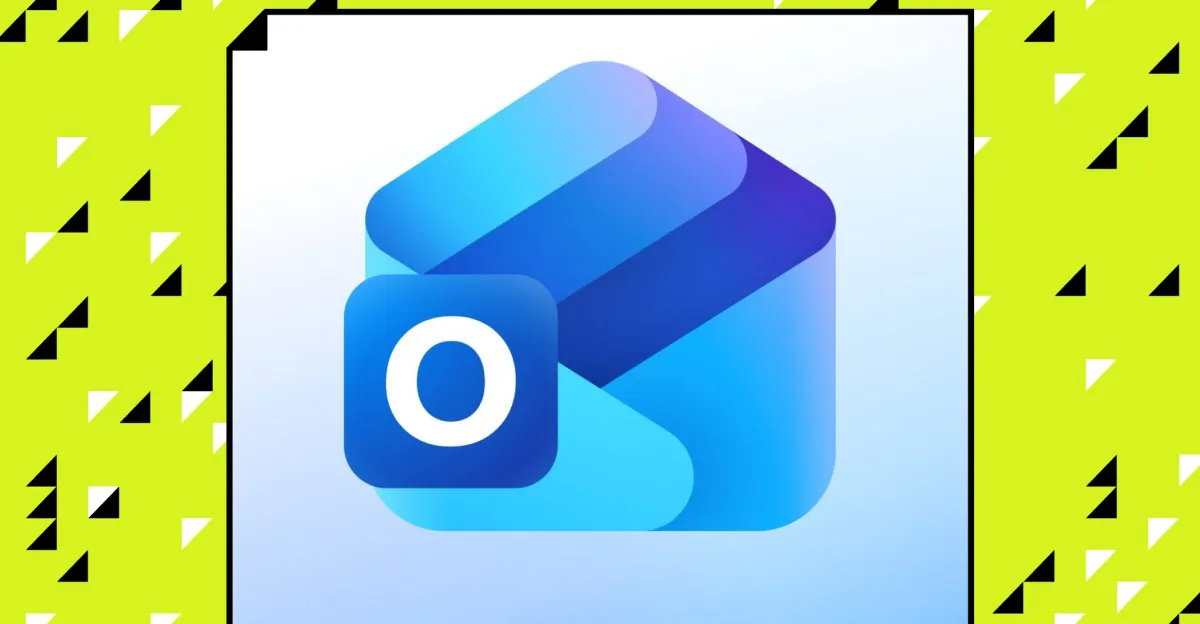
Outlook users have recently adapted to the web-based transformation of Microsoft’s email client, but significant changes are already on the horizon. Sources familiar with Microsoft’s plans reveal that the company has reorganized its Outlook team under new leadership, aiming to rebuild the email client for the AI era.
Gaurav Sareen, the new corporate vice president of global experiences and platform at Microsoft, has taken over direct leadership of the Outlook team from Lynn Ayres, who is currently on sabbatical. In an internal memo, Sareen expressed a clear vision for the future: “Instead of bolting AI onto legacy experiences, we have the chance to reimagine Outlook from the ground up.” His vision suggests a radical transformation of the email client into a more intelligent assistant, akin to Microsoft’s ambitious Copilot project.
Sareen elaborates on this vision, describing Outlook as a “body double” designed to support users in managing their workloads. He states, “With Copilot, this body double becomes even more powerful, turning Outlook from a set of tools into a partner that acts.” This transformation aims to enhance the user experience by automating tasks such as reading messages, drafting replies, and organizing schedules.
To achieve this ambitious overhaul, Sareen has emphasized the need for a more agile development approach. He expects the Outlook team to conduct weekly feature experiments rather than the traditional quarterly updates, advocating for rapid prototyping and testing to be completed in days instead of months. This shift indicates a significant commitment to embedding AI into the design and development of Outlook, aiming to integrate it as a core aspect of its culture.
The pressure is mounting on the Outlook team to deliver a meaningful AI overhaul to a client used by millions of people. The last major update to Outlook was the introduction of the web-based “One Outlook,” which aimed to unify the Windows, Mac, and web versions of the email client. However, Microsoft has faced challenges in perfecting this new version to match the performance of its established desktop applications.
Sareen encourages Outlook employees to find the “courage” to move away from traditional methods and embrace innovative strategies. As Microsoft continues to prioritize AI development, the Outlook team must tread carefully, especially given the reliance of global executives on Outlook’s calendar and email features.
The upcoming changes to Outlook are part of a larger trend within Microsoft, as the company reorients itself around AI. This includes leadership shifts, such as Ryan Roslansky taking on expanded responsibilities as head of Office, which encompasses Outlook and the Microsoft 365 Copilot teams. The challenge for both Roslansky and Sareen lies in convincing Microsoft employees that this shift towards an AI-driven Outlook is the right path forward.
Sareen is confident about the future, stating, “Next year, every product will claim to be AI native.” He emphasizes the importance of genuine innovation over mere marketing buzzwords, expressing his commitment to ensure that Outlook becomes a leader in this space. The vision for Outlook as a fully integrated AI assistant is ambitious and aims to redefine how users interact with their email.
The reimagining of Microsoft Outlook signifies a pivotal moment in the evolution of email clients. With a focus on AI and user assistance, the Outlook team is poised to embark on a transformative journey that could significantly enhance productivity for millions of users worldwide.